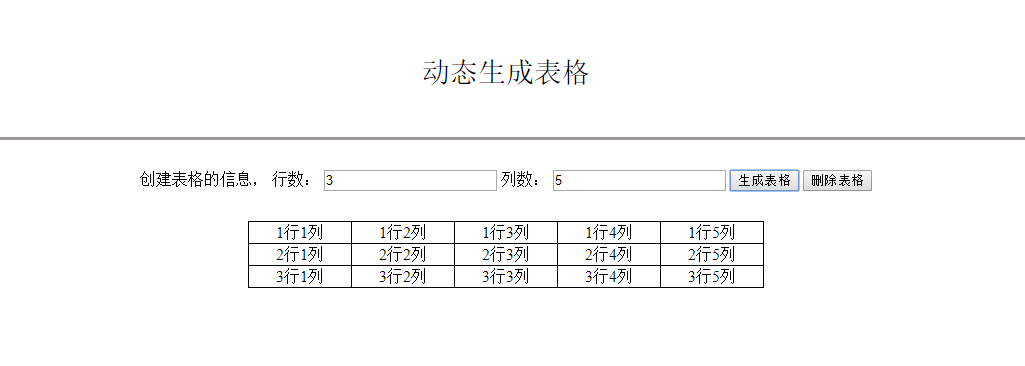Not that I would want to use this practically (for many reasons) but out of strict curiousity I would like to know if there is a way to reverse order a string using LINQ and/or LAMBDA expressions in one line of code, without utilising any framework "Reverse" methods.
e.g.
string value = "reverse me";
string reversedValue = (....);
and reversedValue will result in "em esrever"
EDIT
Clearly an impractical problem/solution I know this, so don't worry it's strictly a curiosity question around the LINQ/LAMBDA construct.
I don't see a practical use for this but just for the sake of fun:
new string(Enumerable.Range(1, input.Length).Select(i => input[input.Length - i]).ToArray())
Well, I can do it in one very long line, even without using LINQ or a lambda:
string original = "reverse me"; char[] chars = original.ToCharArray(); char[] reversed = new char[chars.Length]; for (int i=0; i < chars.Length; i++) reversed[chars.Length-i-1] = chars[i]; string reversedValue = new string(reversed);
(Dear potential editors: do not unwrap this onto multiple lines. The whole point is that it's a single line, as per the sentence above it and the question.)
However, if I saw anyone avoiding using framework methods for the sake of it, I'd question their sanity.
Note that this doesn't use LINQ at all. A LINQ answer would be:
string reverseValue = new string(original.Reverse().ToArray());
Avoiding using Reverse, but using OrderByDescending instead:
string reverseValue = new string(original.Select((c, index) => new { c, index })
.OrderByDescending(x => x.index)
.Select(x => x.c)
.ToArray());
Blech. I like Mehrdad's answer though. Of course, all of these are far less efficient than the straightforward approach.
Oh, and they're all wrong, too. Reversing a string is more complex than reversing the order of the code points. Consider combining characters, surrogate pairs etc...
new string(value.Reverse().ToArray())
var reversedValue = value.ToCharArray()
.Select(ch => ch.ToString())
.Aggregate<string>((xs, x) => x + xs);
Variant with recursive lambda:
var value = "reverse me";
Func<String, String> f = null; f = s => s.Length == 1 ? s : f(s.Substring(1)) + s[0];
var reverseValue = f(value);
LP,
Dejan
You can use Aggregate to prepend each Char to the reversed string:
"reverse me".Aggregate("", (acc, c) => c + acc);
var reversedValue= "reverse me".Reverse().ToArray();
In addition to one previous post here is a more performant solution.
var actual0 = "reverse me".Aggregate(new StringBuilder(), (x, y) => x.Insert(0, y)).ToString();
public static string Reverse(string word)
{
int index = word.Length - 1;
string reversal = "";
//for each char in word
for (int i = index; index >= 0; index--)
{
reversal = reversal + (word.Substring(index, 1));
Console.WriteLine(reversal);
}
return reversal;
}
Quite simple. So, from this point on, I have a single method that reverses a string, that doesn't use any built-in Reverse functions.
So in your main method, just go,
Console.WriteLine(Reverse("Some word"));
Technically that's your one liner :P
If we need to support combining characters and surrogate pairs:
// This method tries to handle:
// (1) Combining characters
// These are two or more Unicode characters that are combined into one glyph.
// For example, try reversing "Not nai\u0308ve.". The diaresis (¨) should stay over the i, not move to the v.
// (2) Surrogate pairs
// These are Unicode characters whose code points exceed U+FFFF (so are not in "plane 0").
// To be represented with 16-bit 'char' values (which are really UTF-16 code units), one character needs *two* char values, a so-called surrogate pair.
// For example, try "The sphere \U0001D54A and the torus \U0001D54B.". The




